There is severe water crisis in Khulna metropolis. Water crisis is not only in homes, but also in offices, business establishments, educational institutions and even public and private hospitals.
Since the middle of this month, water is not rising in the shallow tube wells in most parts of the city. Those with pumps along with deep tube wells have also reduced the amount of water rising. Water is rising properly only in submersible pumps with deep tube wells. However, not everyone is able to install it because it is expensive. On the other hand, Khulna Wasa supplies water through the pipeline but it is not potable. As a result, the submersible pump in the upper-class neighbor's house is now the only hope for drinking water.
The investigation into the cause of the crisis has revealed that underground water has been extracted in the city for a long time with unplanned deep-shallow tube wells, ordinary pumps and submersible pumps. ADB advised not to draw more than 50 million liters of water from the ground every day. But the water being extracted is much more than that. As a result, the ground water level has gone down continuously. In the last 9 years, the water level in 14 wards of the city has dropped from 1.98 meters to 4.04 meters (13.25 feet). As a result, water is not rising in many tubewells and pumps in the current summer season.
WASA conducts ground water level survey every year during summer season. According to the agency's survey data, compared to 2015, the ground water level has dropped by 1.98 meters in wards 9, 10, 12, 14, 16, 18, 21, 24, 25, 26, 27, 28, 29 and 30 of the city. to 4.04 meters.
As the water level has gone down, water is not rising at all from the shallow tube wells of the houses in Sheikhpara, Gobarchaka, Bara Mirzapur, Chhota Mirzapur, Baitipara, Tutpara and other areas of the city. Earlier there were two tube wells in Chota Mirzapur area, two in Big Mirzapur area, two in Baitipara area, one in Deven Babu Road and TB Boundary Road along the road. They were removed as the water did not rise. Zakaria Hossain Tushar, a resident of Jinnahpara area of the city, said that water is not rising in the deep tubewell of the house this month. Pressing the faucet hurts hands.
Khulna University Department of Environmental Science Discipline Head Professor Dr. Abdullah Harun Chowdhury said, the duration and amount of water bodies and rainfall in the city and adjacent areas has decreased. Besides, the amount of water that is constantly being extracted from the ground, the same amount of water is not accumulating in the underground level. As a result, the ground water level is continuously decreasing and the water crisis is increasing every year.
In this regard, the managing director of Khulna Wasa, Engineer Md. Abdullah said, they spend 11 rupees to supply 1000 liters of underground water. And 17 and a half taka is spent on purifying Madhumati river water and supplying it. However, they have not completely stopped drawing underground water to reduce costs. On the other hand, they charge Rs 9 for 1000 liters of water from the customer.
He said, if they purify more water from Madhumati river, then their production cost will increase. Then they have to pay more subsidy. Moreover, at the moment they do not want to burden the customer with additional bills. Because of that, the extraction of water from the ground has not been stopped.
About the use of so many private tube wells and submersible pumps, he said, the number of WASA customers is about 41 thousand 800. But still about 20 percent of households have not received WASA water connection. They use tube wells and pumps to extract underground water.
Slum dwellers and low income people are the most affected by the Khulna water crisis. Rafiqullah, a teacher in Nirala area, said that it is not possible for many people like me to buy water, eat and cook.
Salma Akhtar Begum, a housewife of Maulvi Para, gets upset many times when she fetches water from the neighboring house.



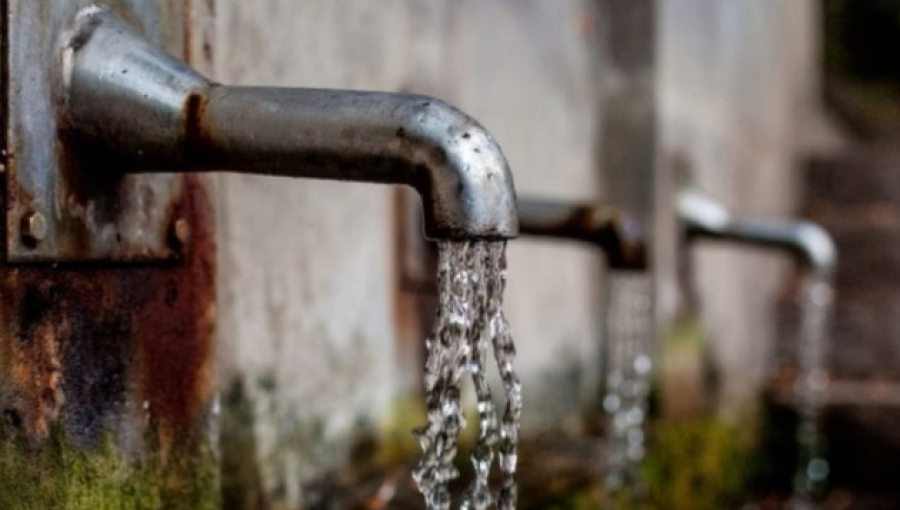




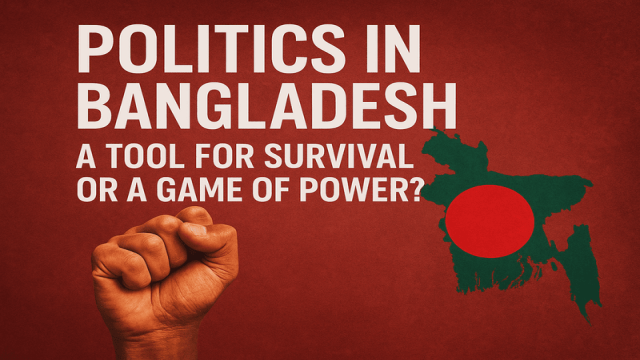
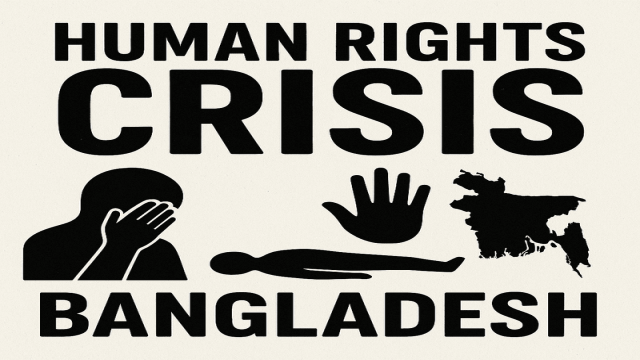
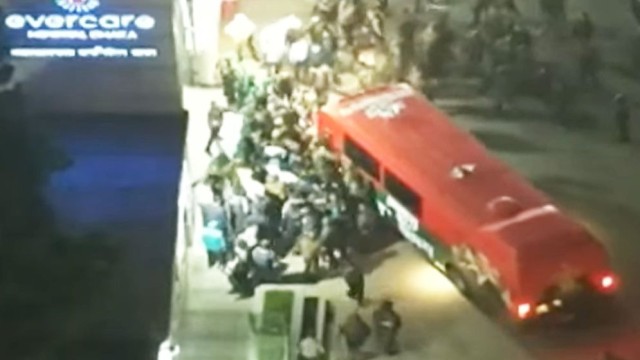
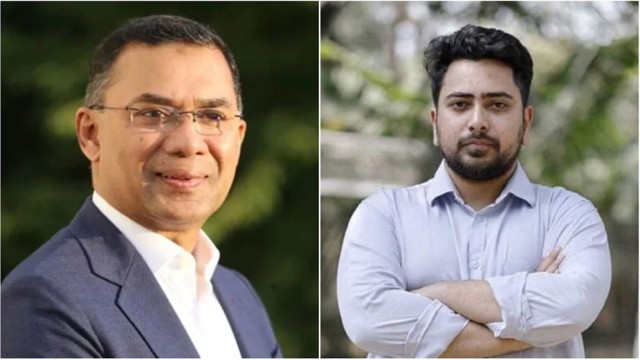
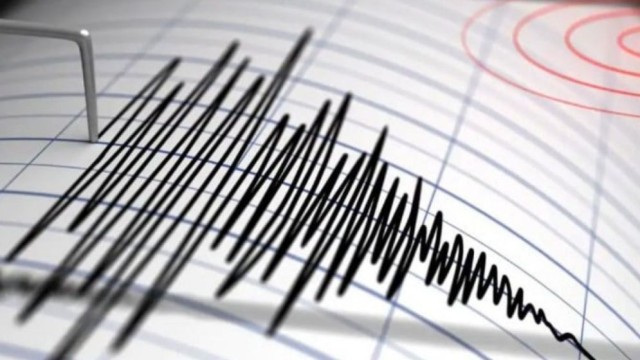
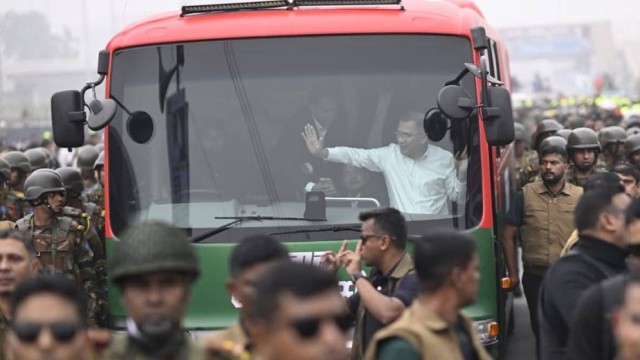

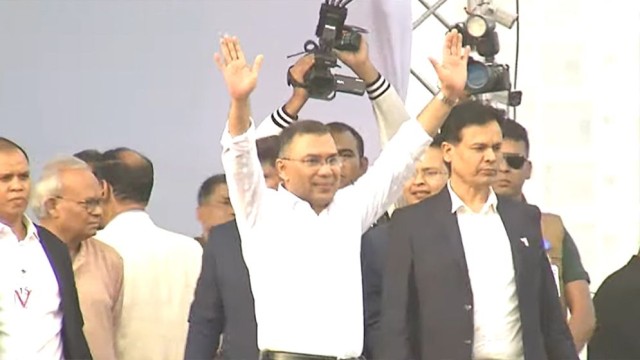
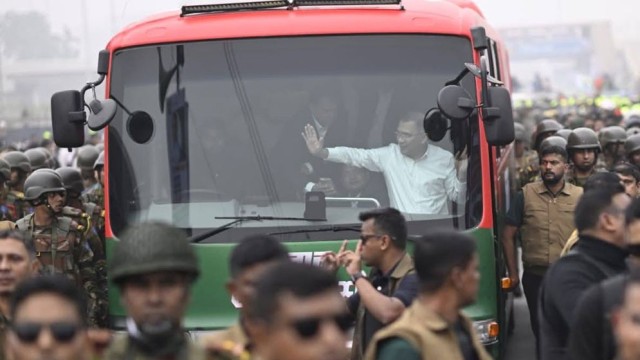
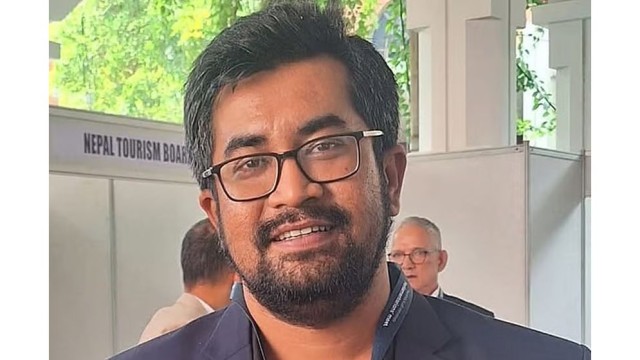
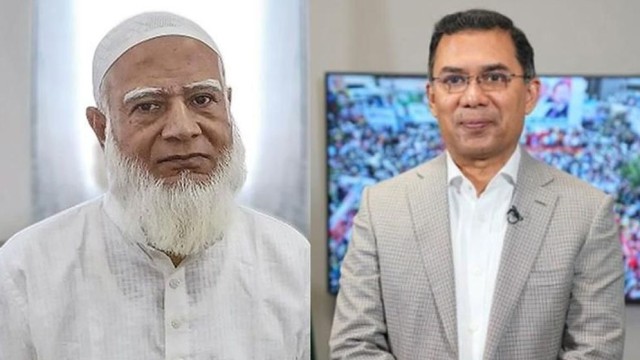
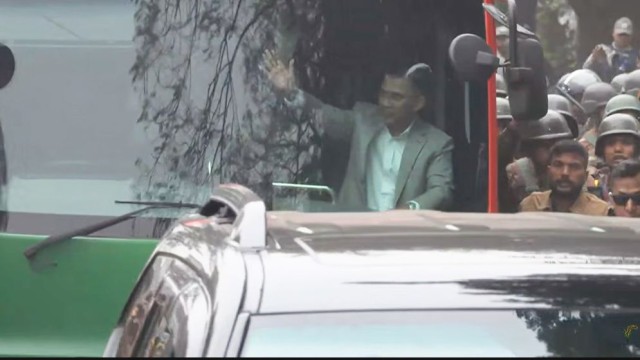


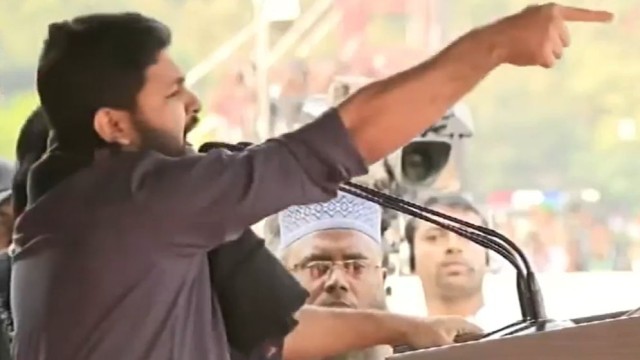

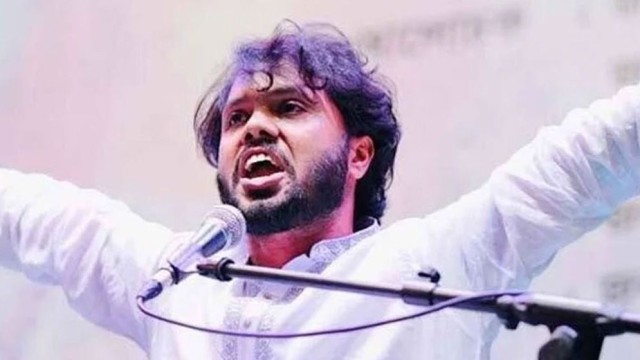
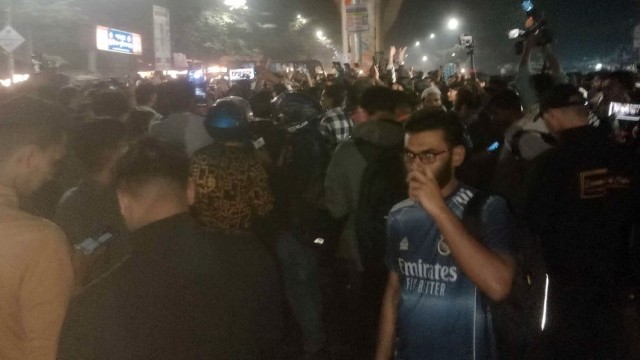
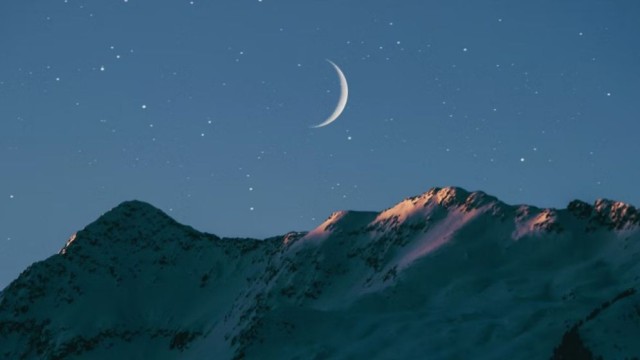
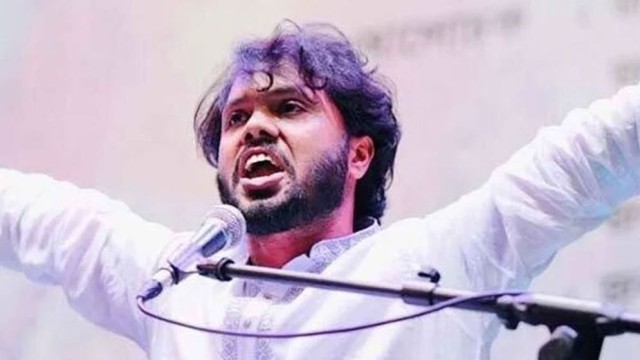
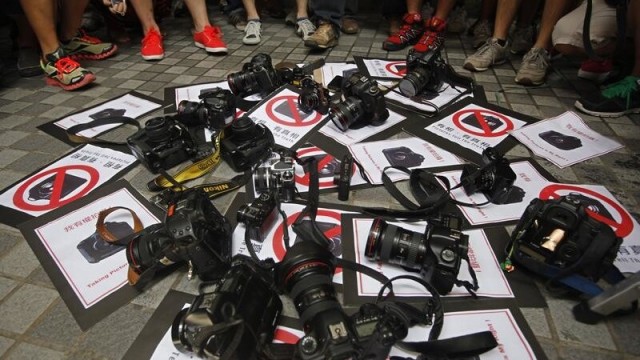
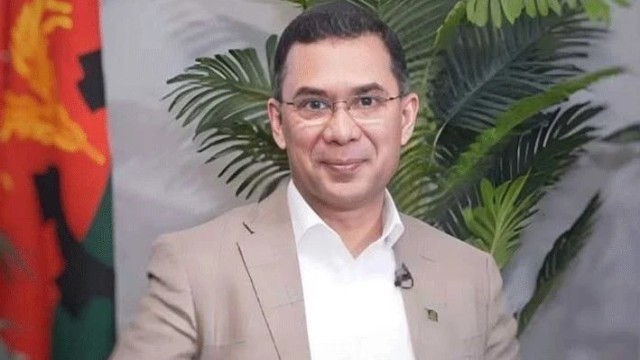
Comment: